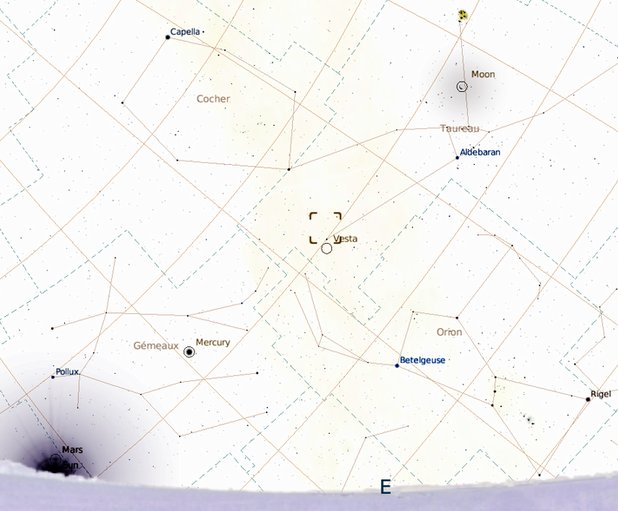We should not forget M1 in Taurus:
"The Crab Nebula (catalogue designations M1, NGC 1952, Taurus A) is a supernova remnant and pulsar wind nebula in the constellation of Taurus ... The now-current name is due to William Parsons, 3rd Earl of Rosse who observed the object in 1840 using a 36-inch telescope and produced a drawing that looked somewhat like a crab. Corresponding to a bright supernova recorded by Chinese astronomers in 1054, the nebula was observed later by English astronomer John Bevis in 1731. The nebula was the first astronomical object identified with a historical supernova explosion." (Wikipedia)
"SN 1054 is a supernova that was first observed on 4 July 1054 A.D. (hence its name), and that lasted for a period of around two years. The event was recorded in contemporary Chinese astronomy, and references to it are also found in a later (13th-century) Japanese document, and in a document from the Arab world. Furthermore, there are a number of proposed, but doubtful, references from European sources recorded in the 15th century, and perhaps a pictograph associated with the Ancestral Puebloan culture found near the Peñasco Blanco site in New Mexico." (Wikipedia) "Zhihe era, first year, seventh lunar month, 22nd day ...Yang Weide declared: I humbly observe that a guest star has appeared; above the star there is a feeble yellow glimmer. If one examines the divination regarding the Emperor, the interpretation ... is the following: 'The fact that the star has not overrun Bi [= 19th lunar station Net ruled by Ain, ε Tauri] and that its brightness must represent a person of great value. I demand that the Office of Historiography is informed of this.' All officials congratulated the Emperor, who ordered his congratulations be forwarded to the Office of Historiography.
The sky on the morning of 4 July as seen from China, when the supernova was presumably first observed. First year of the era of Jiayou, third lunar month, the director of the Astronomical Office said: 'The guest star has disappeared, which means the departure of the host.' Previously, during the first year of the Zhihe era, during the fifth lunar month, it had appeared at dawn, in the direction of the east, under the watch of Tiānguān [Heavenly Gate, ζ Tauri] ... It had been seen in daylight, like Venus. It had rays stemming in all directions, and its colour was reddish white. Altogether visible for 23 days." (Wikipedia) "There is an account of the star from the Khitan Liao Dynasty, which ruled in the area around Manchuria from 907–1125. The book in question, the Qidan Guozhi, was compiled by Ye Longli in 1247. It includes various astronomical notes, some of which are clearly copied from the Song Shi. This entry referring to the star of 1054 seems unique: Chongxi era of the reign of [King Xingzong], twenty-third year eighth lunar moon, the ruler of the realm is dead. It happened before a solar eclipse at noon, and a guest star appeared. The highest office at the Office of History, Liu Yishou had said 'These are omens of the death of the King.' This prediction has been realized ... " (Wikipedia) The fact that supernovae always fade away after a while could have been more remarkable than their abrupt appearances. Furthermore, the solar eclipse at noon referred to would have made it evident that the King was about to die. The creator of the G text may have known all this and more and therefore made a sign of Rahu ending at Heka and the heliacal position of the Crab Nebula. |


